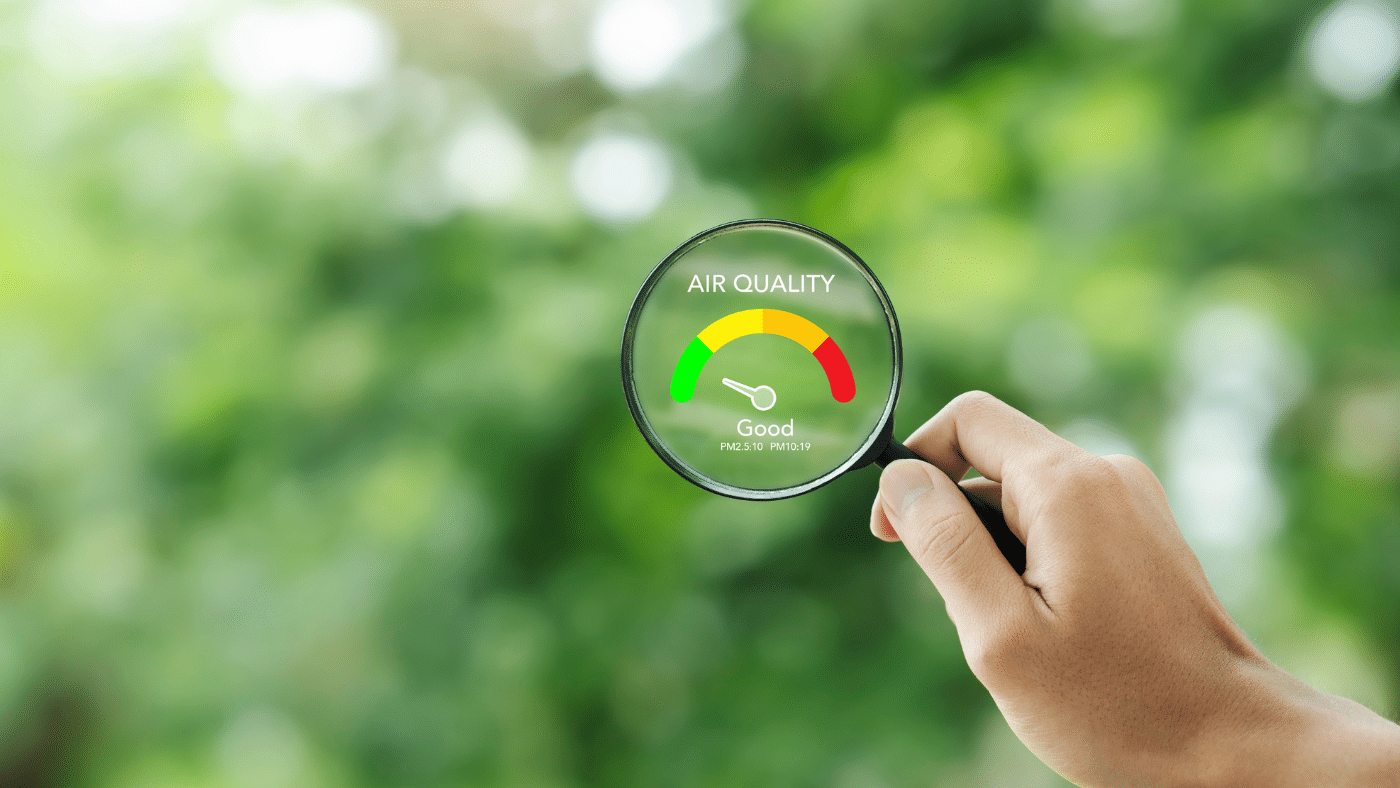
Environmental impact statements (EIS) are a crucial part of planning and approvals for aviation infrastructure projects. Whether building a new runway, expanding an airport terminal, or upgrading ground operations, developers must demonstrate how they will manage environmental risks—including air quality impacts. In this process, ambient air quality monitoring plays a vital role in producing credible, data-backed assessments that satisfy both regulatory requirements and community expectations.
The importance of accurate baseline air quality data
One of the first steps in drafting an environmental impact statement is to establish the existing environmental conditions of the site. Ambient air quality monitoring provides the real-world data needed to accurately describe current conditions before any new development begins. For aviation projects, this means measuring background levels of key pollutants such as nitrogen oxides, particulate matter, and volatile organic compounds generated by aircraft, ground vehicles, and support operations.
Without accurate baseline monitoring, it is impossible to predict future impacts with confidence. Decision-makers rely heavily on this information to evaluate the potential effects of expansion projects. High-quality ambient air quality data collected over an appropriate time frame ensures the EIS can stand up to regulatory scrutiny and community challenge.
Predicting future impacts with greater precision
Once baseline conditions are understood, modelling future air quality impacts is the next step. Ambient air quality monitoring supports this by providing validated input data for air dispersion models. These models estimate how emissions from increased aircraft movements, construction activities, and new infrastructure will affect air quality at nearby sensitive receptors, including residential areas, schools, and natural reserves.
Accurate modelling based on real monitoring data produces stronger, more defensible impact assessments. It enables aviation developers to propose effective mitigation measures with greater precision, such as optimising flight paths, managing ground traffic, or adjusting construction schedules to minimise peak emissions.
Building trust with regulators and the community
Ambient air quality monitoring not only strengthens the technical foundation of an environmental impact statement—it also plays a critical role in building trust. Regulators expect transparent, verifiable data when assessing aviation projects. Real-time, independently validated air quality data from reputable ambient air quality monitoring systems demonstrates a genuine commitment to environmental responsibility.
Community groups and local stakeholders are also increasingly knowledgeable about air quality issues. Providing clear, accurate air quality data as part of the EIS process shows that the aviation developer is taking concerns seriously and proactively managing potential impacts. This openness can reduce opposition, smooth the consultation process, and improve the chances of project approval.
Supporting long-term environmental management
Ambient air quality monitoring does not end once the EIS is submitted. For many aviation projects, ongoing monitoring forms part of the environmental management plan, ensuring commitments made during the planning phase are upheld during construction and operation. Long-term monitoring programs, initiated as part of the EIS process, provide continuity of data and allow airport operators to adjust operations if unexpected air quality issues arise.
ConclusionAmbient air quality monitoring is a critical tool for drafting robust, defensible environmental impact statements for aviation projects. It delivers the baseline data needed to assess current conditions, informs accurate predictions of future impacts, builds trust with regulators and communities, and supports long-term environmental management. As the aviation industry continues to grow, effective air quality monitoring will be at the heart of responsible, sustainable infrastructure development.



More Stories
TechNewsWorld
Mon Premier Weblog
Tech Innovation Summit, March 17